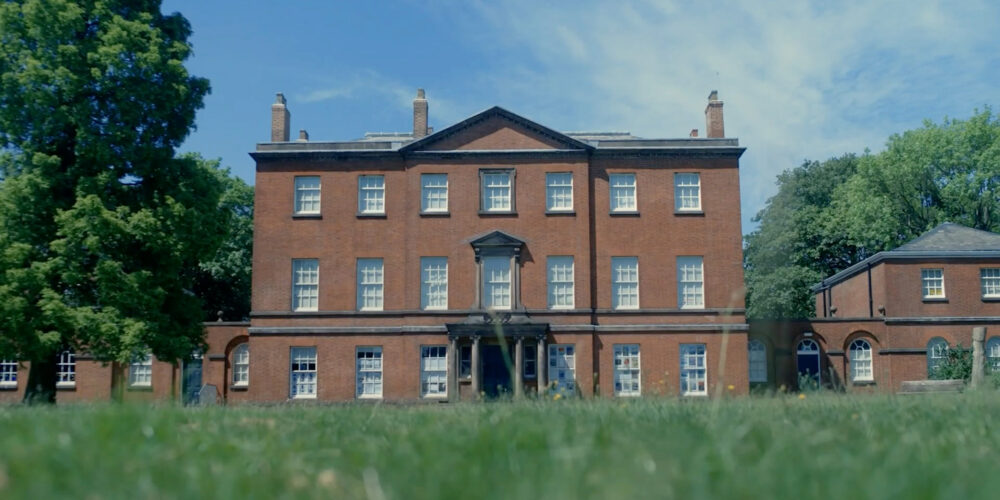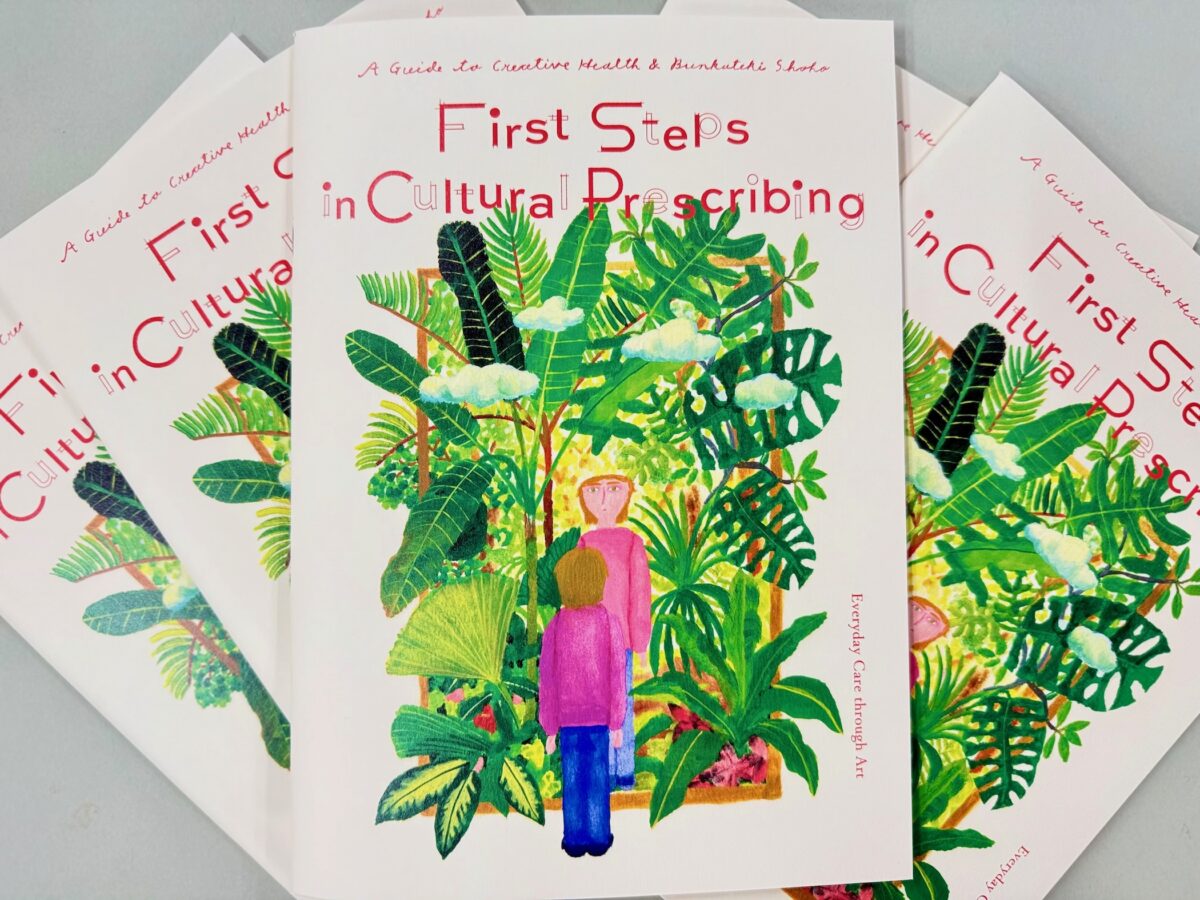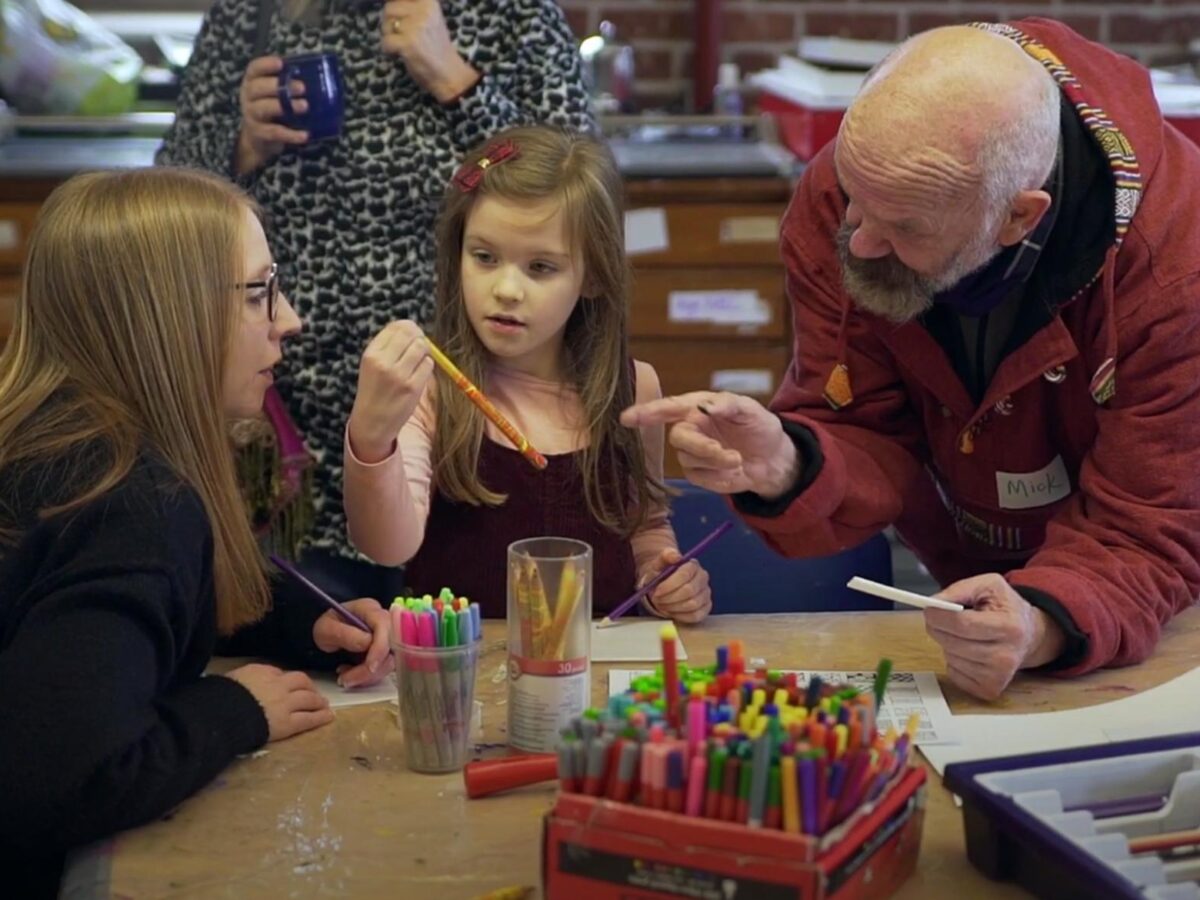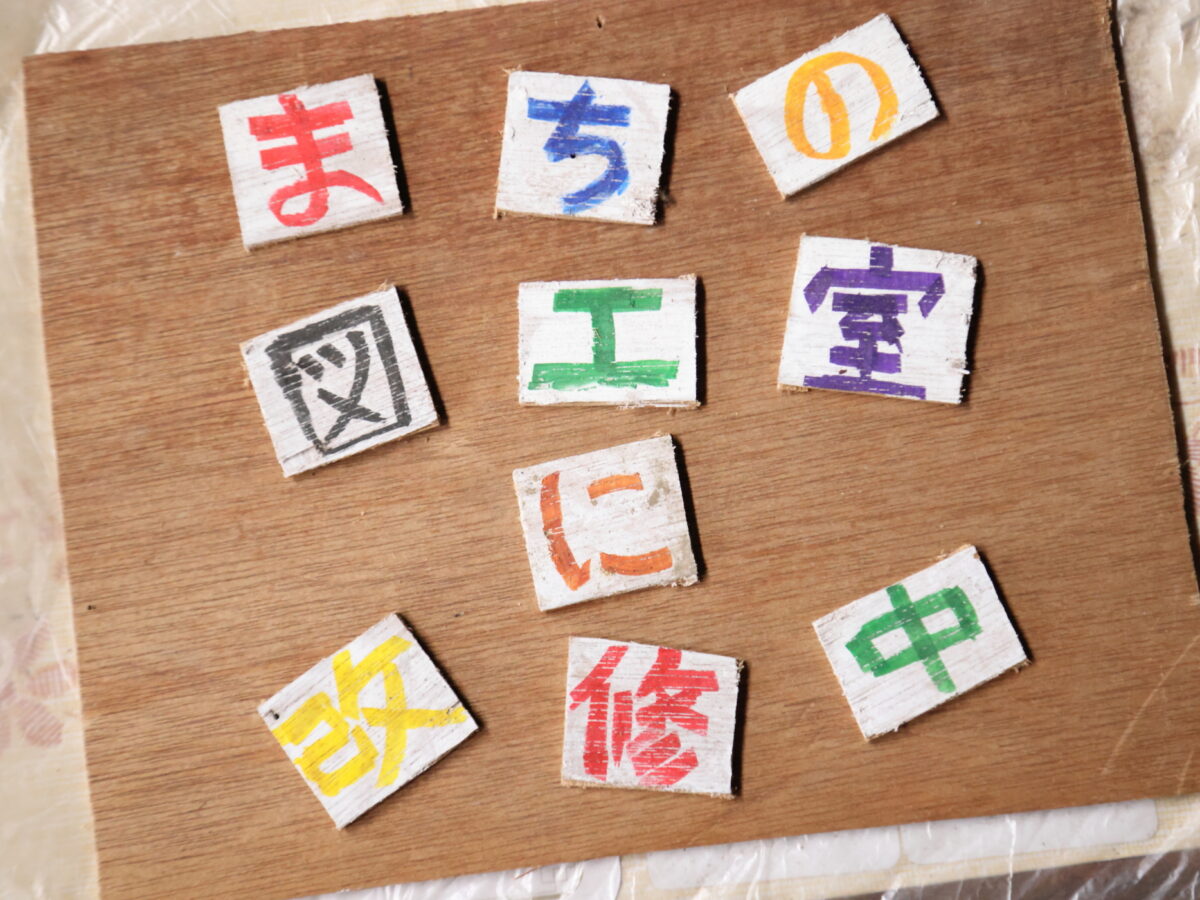 KEYWORD for Cultural Prescribing! "Cultural Prescribing and Social Prescribing" What do they mean?
KEYWORD for Cultural Prescribing! "Cultural Prescribing and Social Prescribing" What do they mean?
Manchester, located in the north of England, is one of the UK’s major cities. About 5 kilometers from the city center, in Platt Fields Park, stands an 18th-century Georgian-style building called Platt Hall. Platt Hall became part of Manchester Art Gallery in 1926 and in 1947, it opened as the world’s first museum dedicated to fashion and costume. However, it was forced to close in 2017, when the collection became overwhelmingly large, and efforts were then made to move it to Manchester Art Gallery for storage. The Platt Hall Building remains in its original location.
Can this building be utilized for the benefit of local communities and residents? This question prompted the start of a project called Platt Hall Inbetween, currently undertaken by Manchester Art Gallery. With a 250-year history deeply rooted in the area and its residents, this project aims to explore new possibilities for Platt Hall—as a museum “in between” the past and the future, and “in between” the people of the community.
Museum for Local People
Platt Fields Park, where Platt Hall is located, is surrounded by the diverse neighborhoods of Moss Side, Fallowfield, and Rusholme, known for their ethnic, social, and economic diversity, and recognized as among the poorest areas in England. How can the museum respond to the needs of an area with a high density of residents from South Asia, the African Caribbean, Eastern Europe, Somalia, Kurdistan, as well as students?
The activities of Platt Hall Inbetween began with an “ultra-local approach,” integrating into the lives of the people and listening to their voices, explains Ruth Edson, the Learning Manager responsible for community programs at Manchester Art Gallery. By carefully listening to local communities, various intersectional barriers in living conditions, education, employment, health, and wellbeing in this area became apparent. Platt Hall has now assumed a new role as a hub addressing these challenges.
Social Prescription Program
Working together with local healthcare providers, and volunteer communities, Platt Hall Inbetween offers social prescriptions to local people facing various challenges.
A monthly program, “Collection Chat,” utilizes the extensive collection housed in Platt Hall to encourage dialogue among local residents. The vast collection, which ultimately led to the museum’s closure due to organizational and storage challenges, is now seen as a treasure trove of fascinating mysteries. With residents from diverse cultural backgrounds in the area, Collection Chat serves as a catalyst for connecting the collections with residents, revealing new insights into the collection. Moreover, it fosters new community bonds where residents can positively affirm their identities and cultural backgrounds.
In addition to the collection, Platt Hall Inbetween utilizes the surrounding area, including Platt Fields Park, for volunteer gardening activities. Gardening, involving movement and communal engagement, serves as a form of social prescribing for mental and physical health. It also helps residents overcome the somewhat authoritative and intimidating image of museums, fostering a sense of ownership and belonging. This shift in perception is nurtured through shared care of garden plants, encouraging residents to view the museum as “their place.”
More activities are held as part of Platt Hall Inbetween, include a healthcare program in collaboration with local GPs, and a program for children and their families from economically disadvantaged backgrounds.
At the core of all these programs is the perspective of a museum serving the community and its residents. Platt Hall Inbetween exemplifies a new model for museums engaging with their local communities.
The video below introduces Platt Hall Inbetween activities. The Japanese subtitles were provided by the National Center for Art Research.





